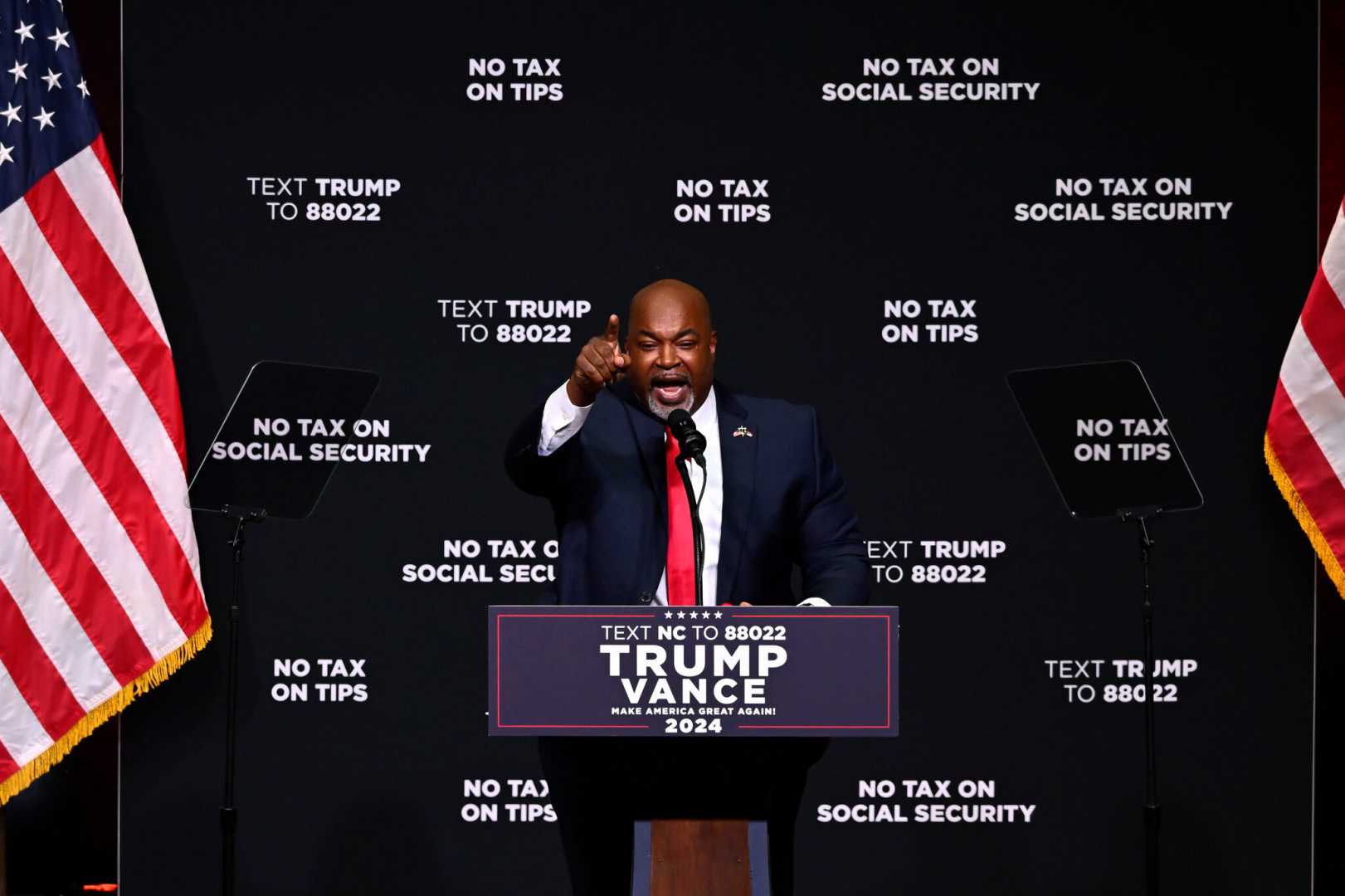Politics
Stability Amidst Chaos: The Unyielding 2024 U.S. Presidential Race

The 2024 presidential election in the United States has unfolded as one of the most unpredictable political events in recent history. What began as a seemingly predictable rematch between the 2020 nominees quickly turned chaotic. The incumbent, who faced a dozen primary challengers, has been indicted on multiple criminal charges across various venues. Despite predictions of his political downfall, he managed to secure the GOP nomination on March 12, defeating his opponents with relative ease and maintaining his political appeal despite the legal challenges.
On March 12, the day he secured the Republican nomination, the candidate led Joe Biden by 2.1 percentage points in the national polls. This lead fluctuated slightly, peaking at 3.4 percent on July 6 and resting at 3.1 percent when President Biden unexpectedly withdrew from the race on July 21, an event unprecedented in U.S. political history. Biden’s withdrawal paved the way for Kamala Harris to step in as a candidate; however, her entry did not create a significant shift in the polling dynamics, with Trump maintaining a lead until early August.
Kamala Harris’s campaign, despite its historic nature, has not altered political balances significantly. Following a debate marked by intense scrutiny on September 10, Harris gained a modest lead over her opponent by 1.5 percent, which increased marginally to 2 percent in recent polls. Current polling indicates that the race remains extremely close in battleground states, mirroring the national race’s equilibrium.
Reflecting on previous election cycles, the current 2024 race exhibits remarkable stability compared to 2020, when Joe Biden experienced a polling lead that varied between 4.4 percent and 10.3 percent before ultimately winning the popular vote by 4.5 percent. In 2016, the election saw Hillary Clinton and Donald Trump in a volatile contest, with Clinton’s lead oscillating significantly before narrowing to a final victory of 2.1 percent in the popular vote.
Even going further back, the 2012 election suggests a similar tale of fluctuations, where Barack Obama and Mitt Romney saw varying poll leads before Obama secured the presidency with a popular vote margin of 3.9 percent. This historical perspective underlines the unexpectedly stable nature of the 2024 race amidst considerable chaos and change.
The 2024 election, characterized by its legal dramas, a candidate switch, and decisive debates, reflects an unusual firmness in public sentiment and heightened partisan polarization. Despite the closeness, the upcoming weeks may unveil transformative developments, making it uncertain what will eventually tip the scales before the electors convene on December 17.












